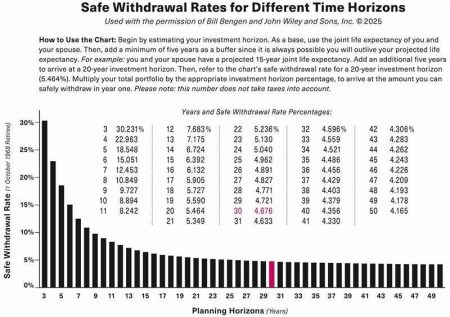Over the years much has been written and communicated in the media that Social Security is going bankrupt or is insolvent and this is creating a lot of uneasiness among Seniors.
At the outset, we need to understand that Social Security is not part of the government’s general fund, Social Security is self-funded. So, when you hear all of the talk about debt and deficits, that refers to the general fund and has nothing to do with the Social Security trust fund.
Let’s define bankruptcy and insolvency.
Bankruptcy is defined as a formal and legal declaration of the inability to settle debts.
Insolvency is that state where an organization cannot pay debts on time because of lack of funds or bank balances.
Based on the above, insolvency is a timing issue where bankruptcy is a finality.
Below is a summary taken from the 2025 OASDI Trustees Report with projected operations of the Social Security trust fund through 2034. Think of the trust fund as a “savings account” created by Social Security. The income going into the trust fund is made up of payroll taxes contributed by employees and matched by their employer. Payroll taxes represent 91% of the trust funds income. Income taxes on Social Security represent 6% of the income and interest earned by the trust fund represents 3% of the total income. As you can see from the chart, 2033 is when things change. In recent years, more benefits are being paid out than income coming in. The difference is made up by using the “savings account.” In 2033 we will have used up all of the “savings account”. The projected income in 2033 of $1,712 represents 78.2% of the projected benefits to be paid.
How do we solve this problem?
There are a number of options on the income side and the expense side to shore up the trust fund issued by the Office of the Chief Actuary at the Social Security Administration on September 25, 2024. This report is based on the 2024 Trustees Report.
The report focuses on:
- Cost-of-Living Adjustments
- Level of Monthly Benefits
- Retirement Age
- Family Members
- Payroll Taxes
Two of the bigger provisions that will help solve the problem and shore up the financial stability of the trust fund revolve around increasing the payroll tax rate from 12.4% to 16.0% or making all W-2 wages and self-employment income subject to the Social Security payroll tax which is now limited to $176,100. The report contains approximately 140 proposed provisions that would eliminate the shortfalls and let Social Security pay benefits based on the current formula being used. If none of these proposed provisions are enacted by Congress, then benefits are projected to be cut across the board anywhere ranging from 20% to 25%.
As long as people continue to work, money will be going into the trust fund, and benefits will be coming out of the trust fund. The question is, how much?
To sum up, Social Security is not going to go bankrupt unless everybody quits working. In 2033 Social Security will technically become insolvent because it will not be able to pay benefits at the rate they are paying now under the current method of calculating monthly benefits. If Congress does not make the necessary changes to pay benefits using the current formula, the insolvency will be cured by paying current benefits in the amount of income coming into the trust fund. Money in, money out! So, I would say Social Security is neither. It can’t go bankrupt, and when it technically goes insolvent, it cures that by adjusting the payout to equal the income.
Remember, take the wrong benefit at the wrong time, it’s usually smaller and forever.
Read the full article here









